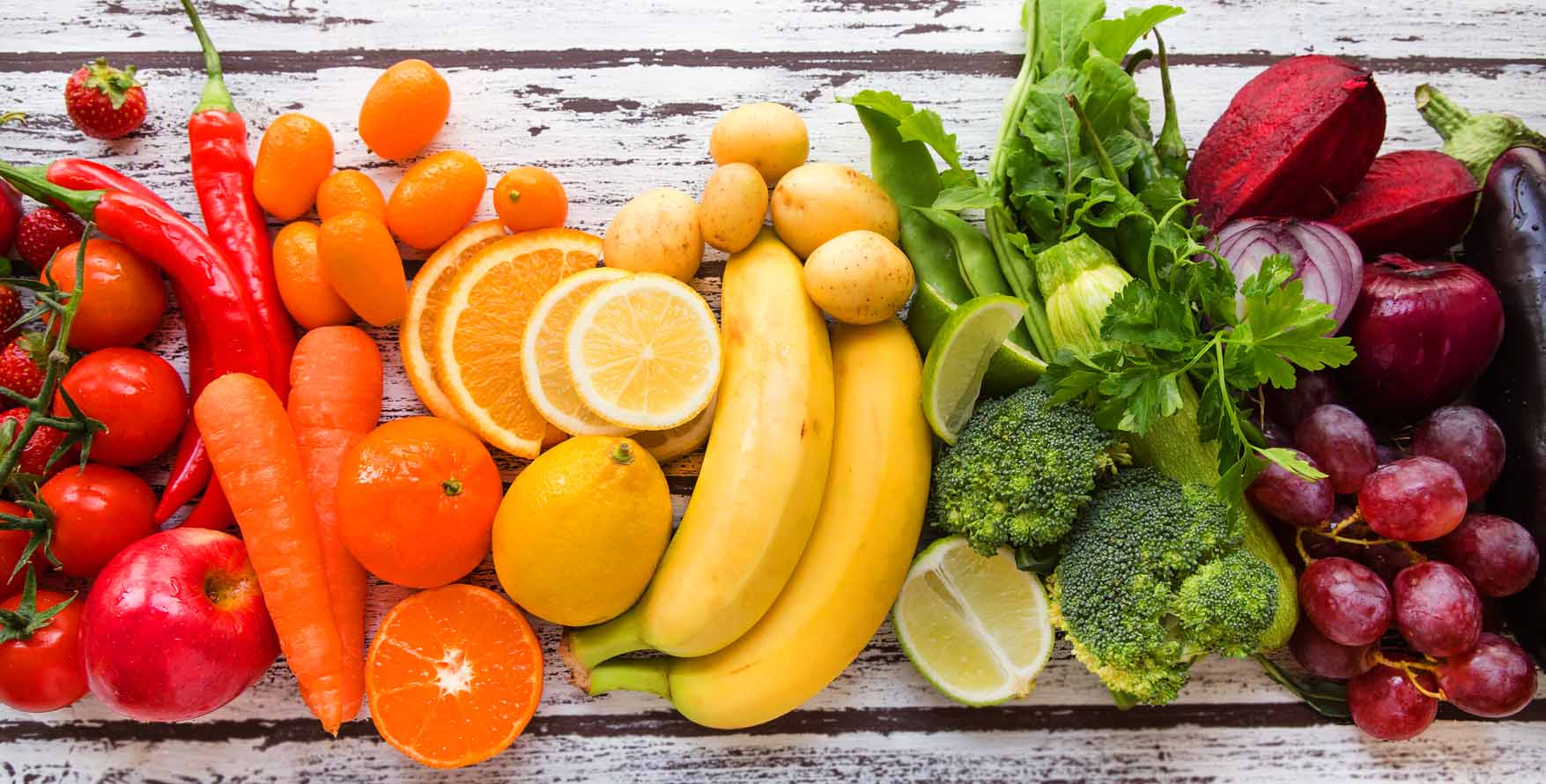
Introduction
From vibrant salads to striking desserts, color plays a crucial role in our culinary experiences. A dish’s visual appeal not only whets our appetite but also shapes our perception of taste and food quality. In this article, we will delve into the fascinating world of color in cuisine, exploring the psychology behind our perception of color in food and offering a selection of naturally colorful ingredients to inspire your next culinary masterpiece.
Related Articles:
- Edible Art: Food Presentation Techniques and the Psychology of Plating
- Spice Up Your Life: Exploring the Health Benefits and Culinary Uses of Healing Herbs and Spices
- The Science of Cooking: Understanding the Chemistry Behind 10 of Your Favorite Dishes
The Science of Color Perception in Food
Our perception of color begins with our eyes, where light-sensitive cells called cones detect different wavelengths of light. These signals are then transmitted to the brain, which interprets them as colors. In the context of food, color serves as a visual cue that influences our expectations and perceptions of taste, freshness, and overall quality.
Color and Taste: An Intriguing Connection
Research has shown that color can significantly impact our perception of taste. For example, studies have demonstrated that people perceive food as sweeter when it is presented in a container with a warm color, such as red or orange. Conversely, food presented in a blue container may be perceived as less sweet. This phenomenon is thought to be due to the associations we have with certain colors, such as red being associated with ripe fruits or blue with unappetizing or moldy food.
Colorful Cooking: Enhancing Food Quality and Appeal
Incorporating a variety of colors in your dishes not only creates visual appeal but can also enhance the overall quality and nutritional value of your meals. A colorful plate is often indicative of a diverse range of nutrients, as different colors in fruits and vegetables are typically associated with specific vitamins, minerals, and antioxidants.
The Rainbow of Ingredients: Incorporating Color in Your Dishes
By incorporating a range of colorful ingredients in your cooking, you can create visually stunning and nutrient-dense dishes. Here are some examples of vibrant, naturally colorful ingredients to inspire you:
Red Ingredients
- Tomatoes: Rich in vitamins A, C, and K, as well as the antioxidant lycopene.
- Red bell peppers: High in vitamins A and C, and a good source of fiber.
- Beets: Packed with vitamins, minerals, and antioxidants, including betalains.
Orange Ingredients
- Carrots: A great source of vitamin A and beta-carotene, which supports eye health.
- Sweet potatoes: High in vitamins A and C, manganese, and dietary fiber.
- Pumpkin: Rich in vitamins A and C, potassium, and fiber.
Yellow Ingredients
- Corn: A good source of fiber, vitamins, and minerals, including manganese.
- Yellow bell peppers: High in vitamins A and C, and rich in antioxidants.
- Pineapple: Packed with vitamin C, manganese, and bromelain, an enzyme with anti-inflammatory properties.
Green Ingredients
- Spinach: A nutrient powerhouse, rich in vitamins A, C, and K, iron, and calcium.
- Broccoli: High in vitamins C and K, fiber, and various antioxidants.
- Avocado: A good source of healthy monounsaturated fats, fiber, and potassium.
Blue and Purple Ingredients
- Blueberries: Rich in antioxidants, including anthocyanins, and a good source of vitamin C and fiber.
- Eggplant: High in fiber, potassium, and antioxidants, such as nasunin.
- Purple cabbage: Packed with vitamins C and K, and rich in anthocyanin antioxidants.
Tips for Creating Vibrant and Visually Appealing Dishes
- Balance colors: Aim for a balance of colors on your plate, incorporating a variety of hues to create visual interest and ensure a diverse range of nutrients.
- Use natural colorants: Instead of artificial food coloring, consider using natural sources of color, such as beet juice for red or turmeric for yellow.
- Experiment with presentation: Play with different plating techniques and garnishes to enhance the visual appeal of your dishes. For example, try arranging ingredients in a visually pleasing pattern or using colorful herbs and edible flowers as garnishes.
- Embrace seasonality: Incorporate seasonal produce into your cooking to ensure the freshest, most vibrant ingredients.
Conclusion
Color plays a significant role in our culinary experiences, influencing our perception of taste and food quality. By understanding the science behind color perception in food and incorporating a variety of naturally colorful ingredients in your dishes, you can create visually stunning, nutrient-dense, and delicious meals that delight the senses. So, get inspired by the rainbow of ingredients available and let your creativity shine in the kitchen.



